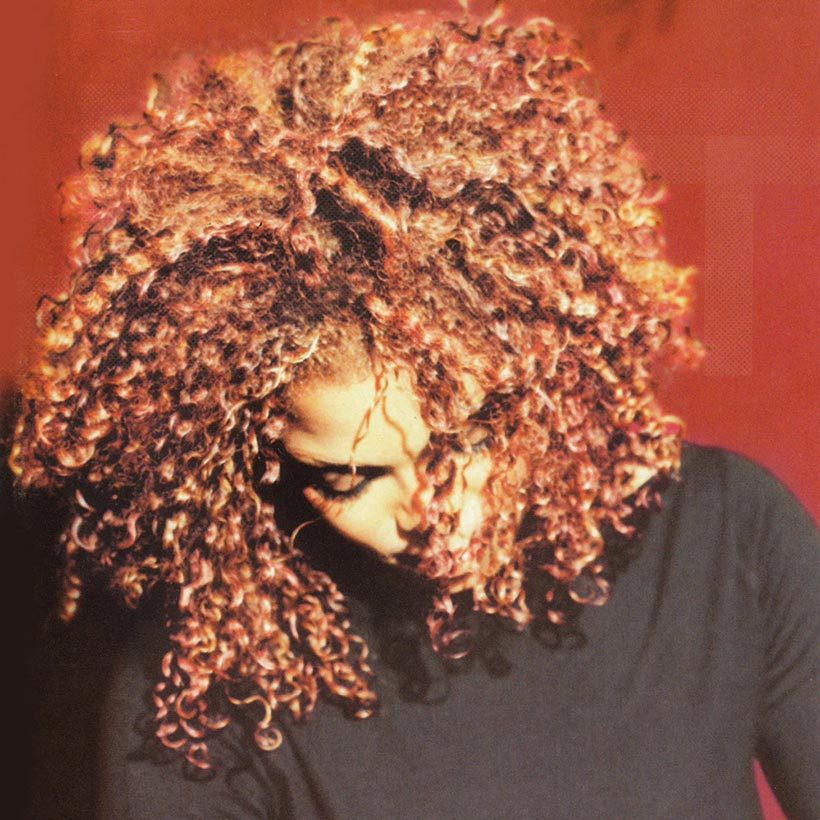‘The Velvet Rope’: How Janet Jackson Tied Herself In Controversy
‘The Velvet Rope’ reaffirmed Janet Jackson’s position as the pre-eminent top-selling female recording artist of her generation.

Released on October 7, 1997, Janet Jackson’s sixth studio album, The Velvet Rope, caught a lot of people off guard with its frank exploration of sexuality, the complexity of human relationships, and the worrisome burden of emotional trauma. “I always write about what’s going on in my life,” Jackson told this writer in 2001, reflecting on her most controversial album. “It’s like cutting yourself open and exposing all of your insides, and at that point you’re very vulnerable. People were so eager to take potshots at me with The Velvet Rope album, but I was really being completely honest with everything that I was saying.”
Listen to The Velvet Rope on Apple Music and Spotify.
Though Janet Jackson’s solo recording career began in 1982 at A&M Records, where the label was initially keen to portray her as a cute, innocuous, girl-next-door figure, she grew frustrated at being a producer’s puppet and decided to reinvent herself. Adding edge and attitude, Jackson hooked up with ex-Time members, songwriters and producers Jimmy Jam and Terry Lewis, in 1986, and began making music that reflected her life. What resulted was the platinum album Control, whose autobiographical theme about taking the initiative and being true to yourself instantly transformed Janet into a pop star whose success began to rival that of her more famous elder sibling, Michael.
“I’m inviting you inside my velvet rope”
By the time The Velvet Rope came along in 1997, the girl from Gary, Indiana, had morphed into a confident young woman whose two follow-up albums to Control – 1989’s Rhythm Nation 1814 and 1993’s Janet, both co-produced by the singer with the dependable Jam & Lewis – made her the most famous woman in the world at that point.
But The Velvet Rope, following in the wake of a newly renegotiated contract with Virgin Records (bringing her a massive and – at the time – record-breaking $80 million advance), mired Jackson in controversy, especially with conservative religious groups. They objected in particular to the singer’s acceptance of same-sex relationships, which manifested itself in the song “Free Xone,” a satirical swipe at sexual discrimination riding on funkified backbeat. Jackson also raised eyebrows with her daring take on Rod Stewart’s “Tonight’s The Night,” subverting the original by transforming it into a lesbian ode to seduction.
The whole album was an access-all-areas invitation into Janet Jackson’s internal private world – a world usually cordoned off by a velvet rope. Explaining the album’s title and concept, Jackson said, “We’ve all driven by premieres or nightclubs, and seen the rope separating those who can enter and those who can’t. Well, there’s also a velvet rope we have inside us, keeping others from knowing our feelings. In The Velvet Rope, I’m trying to expose and explore those feelings. I’m inviting you inside my velvet rope.”
In terms of its sound, The Velvet Rope is breathtakingly kaleidoscopic in the way it refracts pop, R&B, jazz, rock, funk, folk, hip-hop, electronica, classical music, and trip-hop styles through the prism of Jackson’s personality, arriving at a unique and highly individual sonic identity.
“It was very cathartic and therapeutic”
On the tone-setting introductory title song, Jackson sings “living the truth will set you free” over a mesmeric groove, and then for the remainder of the album proceeds to share her thoughts on a wide range of subjects. She mourns a friend who died of AIDS on a catchy slice of retro soul called “Together Again,” and investigates domestic abuse on the chilling “What About,” a split-personality song defined by dramatic moods as it fluctuates between a soft ballad and strident piece of thumping R&B.
Joni Mitchell tops the album’s guestlist, appearing alongside A Tribe Called Quest’s Q-Tip on The Velvet Rope’s first single, “Got Till It’s Gone,” which samples the Canadian singer’s 1970 protest song “Big Yellow Taxi.” Elsewhere, the New Jack Swing group Blackstreet appear on the plaintive slow jam “I Get Lonely,” which was the album’s biggest single, peaking at No.1 in the US R&B charts.
For Janet Jackson, who openly admitted to suffering a breakdown during her Janet World Tour prior to the sessions for The Velvet Rope, the album – though at times difficult to make – was ultimately rewarding in terms of both her personal and musical evolution. Its soul-baring quality gave Jackson a valuable kind of therapy through which she could come to terms with her personal problems. “That wasn’t a bad space to be in because it taught me a great deal,” she said, 17 years ago. “It was very cathartic and therapeutic. Writing music and melodies is a sure way of finding release.”
Despite the controversy it engendered, The Velvet Rope topped the album charts around the world on its release in the autumn of 1997 and reaffirmed Janet Jackson’s position as the pre-eminent top-selling female recording artist of her generation. But Jackson’s main goal was more about personal development and exorcising her demons than selling records. Above all else, her honesty on The Velvet Rope was genuine and sincere. “I think it’s important to be true to yourself in your music,” she said. “I think that’s the only way I can actually write music.”













Brandon Lloyd
November 4, 2018 at 4:59 pm
Together Again was the biggest single pop wise and worldwide from this album…as it went #1 on the billboard hot 100 and is one of the best selling singles worldwide pre download and streaming era.
Janet Fan
July 1, 2019 at 1:35 am
“… a catchy slice of retro soul called ‘Together Again’, – definitely a dance-pop production not retro soul.